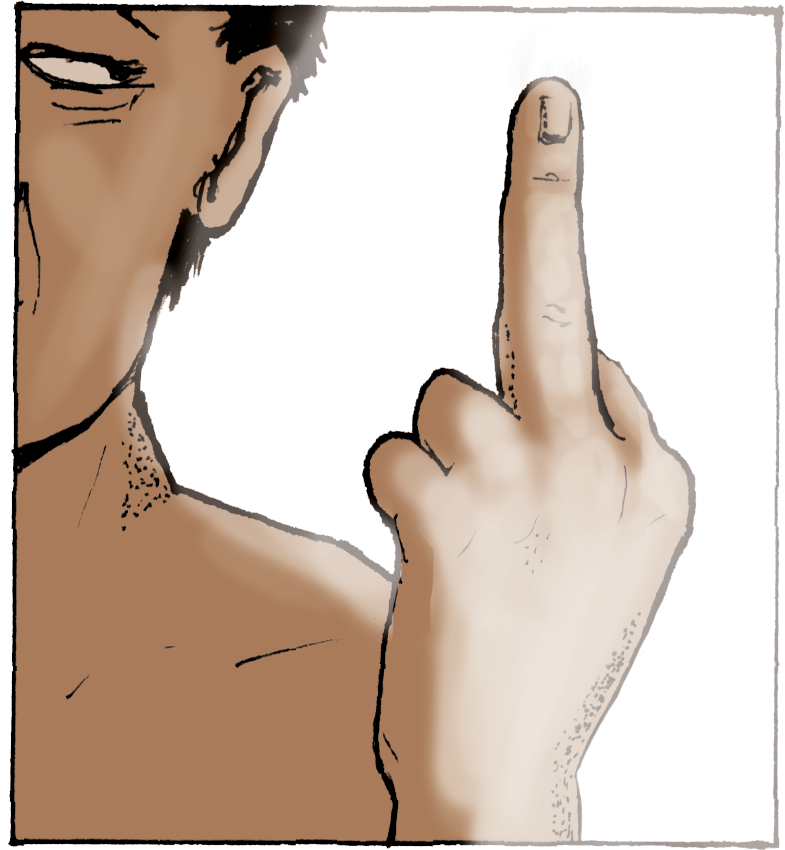I get into odd obsessions about music producers every once in a while. I was obsessed with Joe Meek for a while, and then recently I’ve been super into Martin Hannett. His obsessive approach to the drum intrigues me.
Right when I was starting to wander from the great Joy Division/Hannett Phase of December 2015, David Bowie went and died and it suddenly became apparent that he had amazing drumming on his albums. Not just on one or two, but on nearly all of his singles there was some sort of absolutely fascinating thing going on with the drums — but it was only around 1983, when Let’s Dance came out, that you could actually hear it!
Drums are one of the very few things that the 80s did right. Let’s Dance (and especially Modern Love) is one of the defining albums of the 1980s. It was everywhere at the time, and it still holds up — in fact, it seems positively prescient. Listening to it now, those are post-Hannett drums.
Short digression — why Hannett drums are important — because he recorded drums in complete isolation. They don’t bleed through on any of the other tracks at all, not even a little bit, not even with themselves. You can’t hear the kick in the snare, because it’s not there. He had the drummer come in and just play the kick part, and then they recorded the snare part, and then they recorded the next drum. I think at his craziest he was actually recording the squeak of the high hat pedal separately from the high hat, then adding them back together in post.
When you hear drums like that, surrounding you in very specific places, and you don’t hear them anywhere else in the track, it creates a very specific auditory space. You don’t feel like you’re listening to drums, you feel like you’re sitting in the middle of a bunch of drums. This shows a fundamental understanding of rock and roll that I don’t think people give Hannett enough credit for.
So now I’m intrigued, and I start looking. One of the nice thing about Bowie is that it’s very easy to find out what he was doing in chronological order. 1983 was Let’s Dance, his first album since Scary Monsters in 1980. Scary Monsters definitely doesn’t have Hannett drums. In fact, it’s sort of the end of his glam 70s sound.
After that, there are a couple years of small collaborations, like Under Pressure, and then Let’s Dance comes out in 1983 with an extremely synthetic studio-driven sound. Going back to the production on Under Pressure, you can really see the start of this. In fact, you can see how it was working when Bowie, who controlled the production and the mix to the point of war with the members of Queen, did the finger snaps and the claps and simple snare, and then when the drummer for Queen came in and refused to do it his way.
If you listen to the music he made for Cat People, in 1981-1982, it has the new drums. From here on out Bowie was working entirely within the studio vernacular of the 1980s. The defining sound (and look) of the 1980s traveled through him. Whether he was controlling it or it was controlling him or vice or versa is as relevant a question as, “Who drove the bus that hit ya?”
https://bowiesongs.wordpress.com/2011/10/20/lets-dance/
